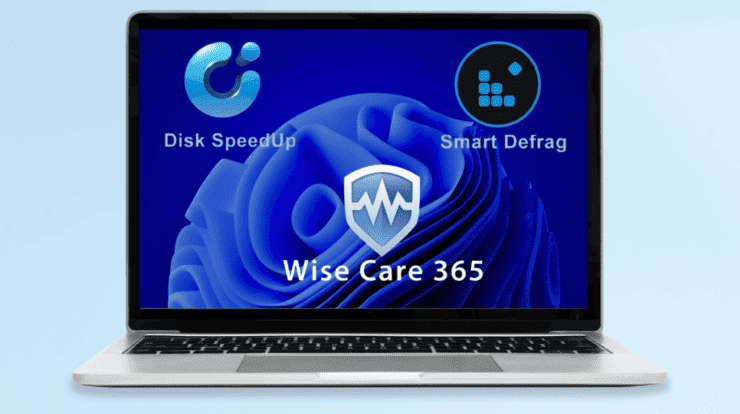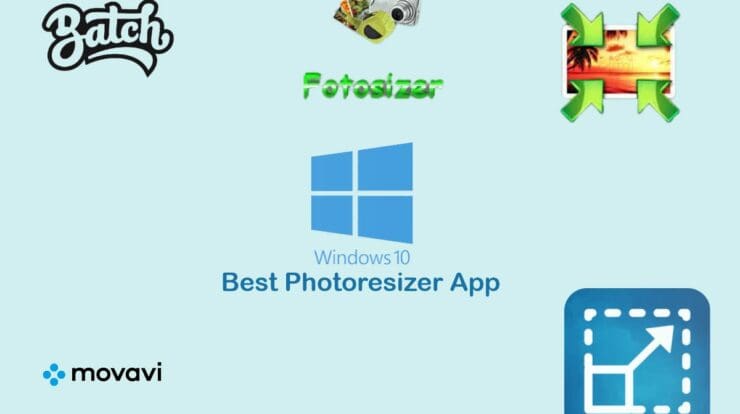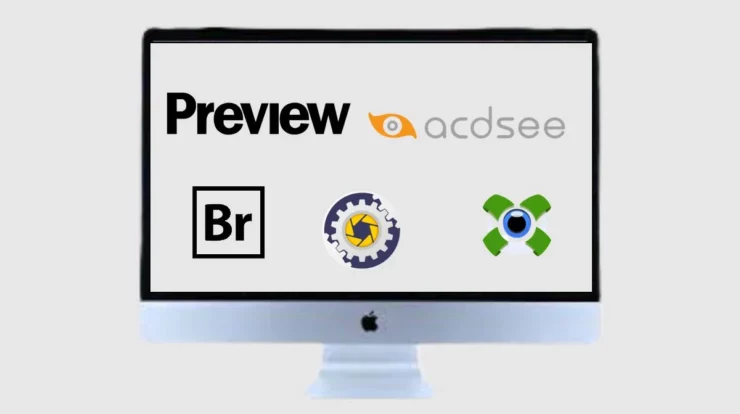
What is SaaS in general – it is ready-made application software. And IaaS is equipment or infrastructure (they are also called virtual servers) as a service. Both solutions are provided by a third-party provider for rent.
If we talk about large companies, then they are definitely not yet ready to use saas app development company solutions, but at the same time, they are a little inclined to use IaaS solutions. By using IaaS solutions, I mean the transition to the use of Data Centers, rented (so as not to purchase equipment). But among small and medium-sized companies, SaaS is more in demand. This is due to the fact that companies do not need to take care of the “maintenance” of products (purchasing fresh versions, updates, backups, infrastructure support, etc.) and keep IT specialists with relevant competencies on staff. And this reduces the company’s costs.
Therefore, it can be stated that it does not make sense for large corporate clients who have their own infrastructure to offer such solutions as SaaS and IaaS as the main ones. Of course, they can be offered as temporary solutions. When there is no free software or before a purchase is received. In addition, the use of SaaS and IaaS solutions as a service by large companies will not be used, since such services are usually not allowed by the security policy.
But, here, it is profitable for small and medium-sized companies to offer such solutions. For example, when the company has a weak or completely absent IT department. And the purchase of equipment or software for them is a rather laborious and complex process (in the first stages it is also financially costly). And in such a situation, it is much easier to rent either equipment or a ready-made software package.
Main Benefits of SaaS
The advantages of using SaaS and IaaS solutions are, foremost, mobility, that is, availability from anywhere and at any time.
Another important plus of such solutions is a small budget. That is, the client buys only the functionality that is needed and in demand at the moment. Take, for example, the purchase of the Office suite. When making a purchase, you must choose the minimum set of programs included in the package. And using SaaS, you can rent only the necessary programs, for example, only excel. In addition, this solution provides an opportunity for collaboration. If we take, for example, Google Docs, where only one user can work with a document, the rest of the document will be read-only. Then, through SaaS, working with data is much easier – this is the simultaneous work with one document of several users. Everyone has connected to the document, works with it, and at the same time sees which user and what information is being changed. Since such decisions are initially sharpened for joint decisions. It also does not require Excel to be installed on each user’s personal computer.
Main Benefits of laaS
Advantages of laaS – no need to purchase your own software. And there is the possibility of rapid scalability. That is, for example, if we ordered a server with integrated parameters, and we realized that we needed a more powerful server. At the same time, through IaaS, with minimal costs, you can simply expand the “power” of the server without buying a new one.
This solution also has the advantage of its low cost. There is no need to purchase new equipment and recruit qualified specialists to maintain it. You take only the necessary equipment for rent, and maintenance is performed by employees of the companies providing this service and equipment.
But at the same time, of course, such solutions also have disadvantages, both when using SaaS and when using IaaS. The main disadvantage of such solutions is the inability to connect due to low speed or complete lack of Internet. Click this link to find out which solution is best for you.
Also, both a plus and at the same time a minus is safety. Yes, on the one hand, security is seriously monitored by the provider company that provides the service, and not the client himself. But at the same time, storing information related to trade secrets on the provider’s side is still a risk for the client.


